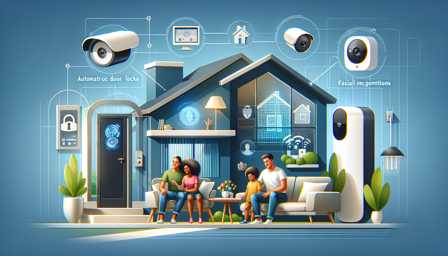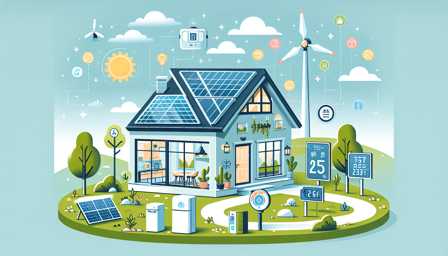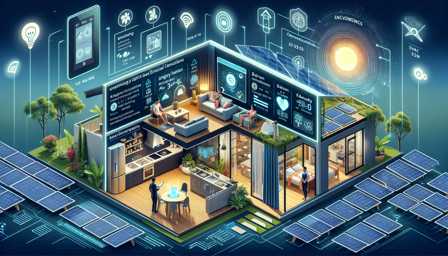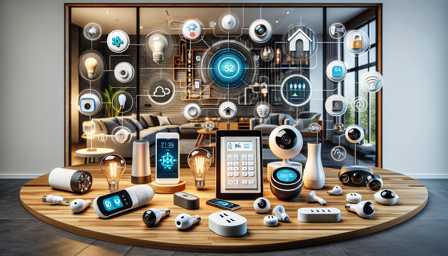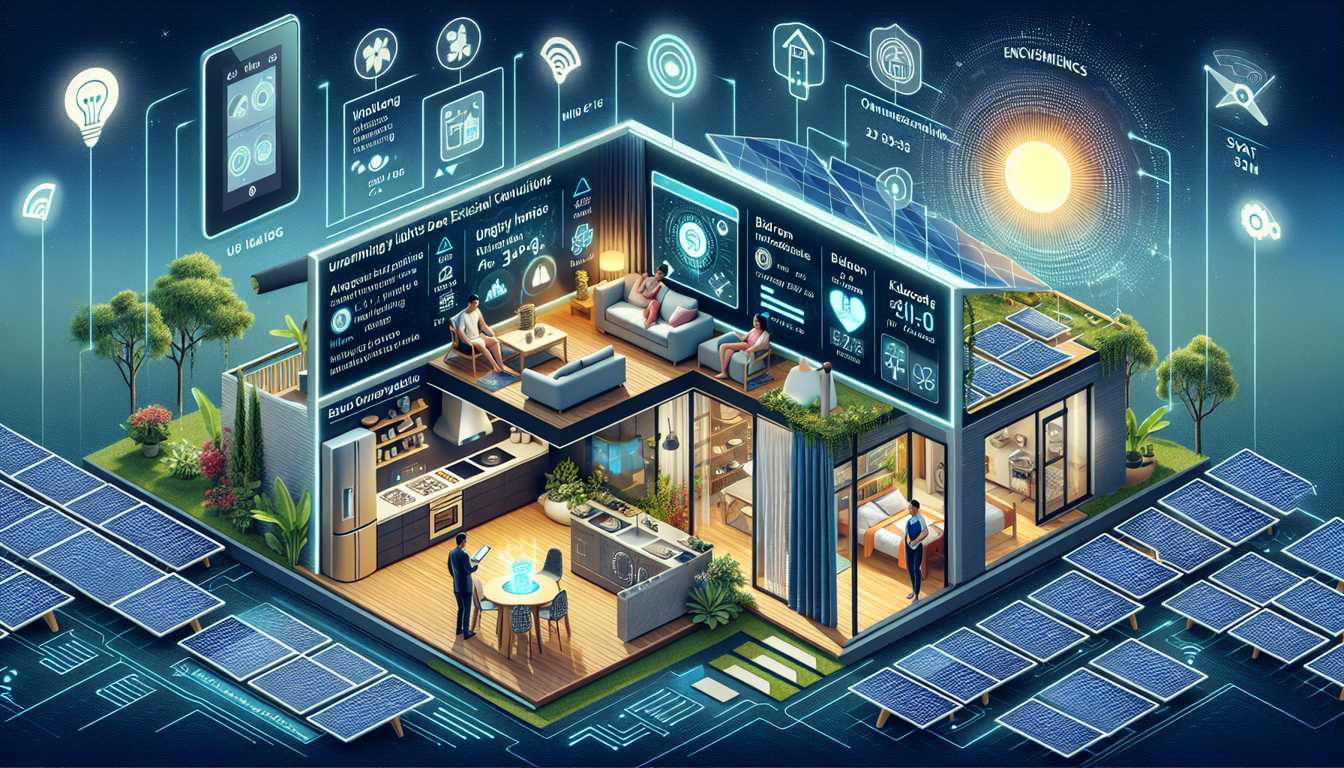
The Role of IoT in Shaping the Smart Homes of Tomorrow
The concept of "smart homes" has evolved dramatically in the past decade, primarily due to advancements in the Internet of Things (IoT). IoT refers to the network of physical objects—"things"—embedded with sensors, software, and other technologies for the purpose of connecting and exchanging data with other devices and systems over the internet. In the context of smart homes, IoT plays a pivotal role in enhancing comfort, security, energy efficiency, and overall quality of life.
The Building Blocks of IoT in Smart Homes
Sensors and Actuators
At the heart of IoT are sensors and actuators. Sensors collect data from the environment, such as temperature, light, or motion. For instance, the Nest Learning Thermostat uses sensors to adjust heating and cooling based on your habits. Actuators, on the other hand, are devices that convert electrical signals into physical actions, such as turning on a light or adjusting a thermostat.
Connectivity
These devices need to communicate, and this is where connectivity comes in. Wi-Fi is the most common, but other technologies like Zigbee, Z-Wave, and Bluetooth also play key roles, offering various benefits in terms of range and power consumption.
Control Platforms
Smart home devices are often controlled via smartphones or voice assistants like Amazon Alexa, Google Assistant, or Apple HomeKit. These platforms allow users to manage an array of devices through a single interface.
Key Areas of IoT Impact in Smart Homes
Energy Management
IoT devices such as smart thermostats and smart lights can lead to significant energy savings. The Philips Hue lighting system, for example, allows users to control lighting remotely, set schedules, and adjust brightness and color, contributing to both energy efficiency and ambiance.
Security
Smart security systems, including cameras like Arlo Pro, smart locks like August Smart Lock, and doorbell cameras such as the Ring Video Doorbell, provide enhanced security features. They allow homeowners to monitor their homes remotely, receive alerts, and even interact with visitors through two-way audio.
Health and Comfort
Smart homes can also cater to health and comfort. Air quality monitors, smart blinds, and intelligent HVAC systems ensure a comfortable and healthy living environment. Devices like Dyson Pure Cool link purifying fans help in maintaining air quality.
Home Automation and Integration
The real power of IoT in smart homes lies in the integration of various devices. For example, if a Nest Protect smoke detector senses danger, it can communicate with Philips Hue lights to flash red, alerting the inhabitants more effectively.
Challenges and Future Directions
Security and Privacy Concerns
As IoT devices collect and transmit data, they pose potential security and privacy risks. Ensuring robust security protocols and regular software updates is crucial.
Interoperability
The future smart home will likely need a standardized platform where devices from different manufacturers can seamlessly interact.
AI and Machine Learning
Integrating AI and machine learning can make smart homes more intuitive and responsive. For instance, AI can learn a user’s preferences over time and adjust settings accordingly.
Conclusion
The role of IoT in shaping smart homes is undeniable. It brings convenience, efficiency, and security to the forefront of modern living. As technology continues to evolve, we can expect even more innovative solutions to emerge, making the homes of tomorrow not just smarter, but also more adaptive and responsive to our needs.

